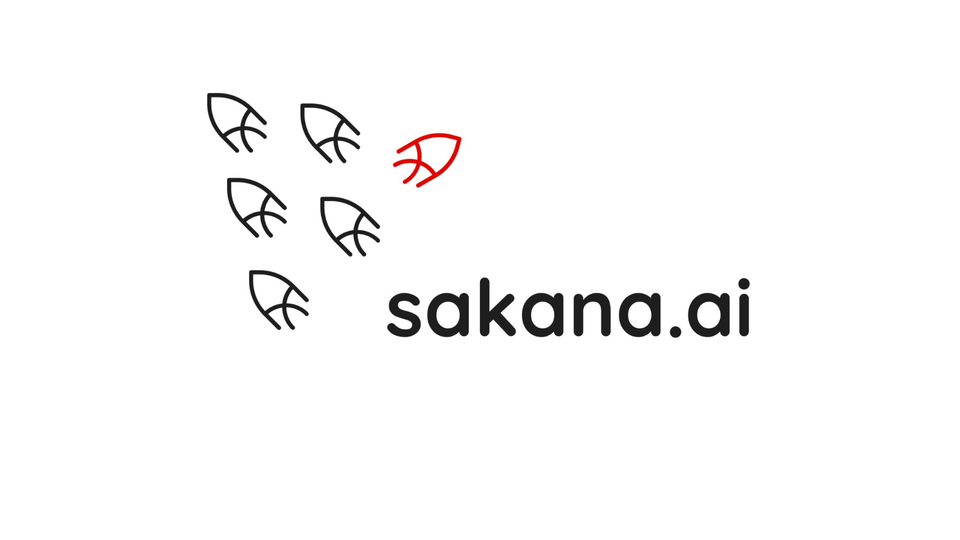Maximizing Developer Productivity: 5 Powerful Code Prompting Applications for LLMs
As LLMs continue to evolve, code prompting will likely become increasingly sophisticated and integrated into the development workflow.

Code prompting has emerged as a transformative technology in the software development landscape, allowing developers to leverage large language models (LLMs) for a variety of programming tasks. This innovative approach is revolutionizing how developers write, analyze, and maintain code across different programming languages and frameworks.
What is Code Prompting?
Code prompting refers to the technique of instructing LLMs to perform coding-related tasks through carefully crafted prompts. Unlike traditional programming tools, code prompting utilizes natural language instructions to generate, modify, or analyze code. This capability stems from the extensive code repositories these models were trained on, enabling them to understand programming concepts, syntax, and best practices across multiple languages.
Key Applications in Software Development
Code prompting offers several powerful applications that streamline the development process and enhance developer productivity. These applications extend beyond simple code completion, providing comprehensive solutions for various programming challenges.
Code Generation and Implementation
One of the most valuable applications of code prompting is the ability to generate functional code from natural language descriptions. Developers can describe the desired functionality, specify the programming language, and receive working implementations. For example, a simple prompt like "Write a Python function to calculate the Fibonacci sequence using dynamic programming" can produce an efficient, well-structured solution.
The generated code often incorporates best practices and optimizations that might take developers significant time to implement manually. This capability is particularly useful for implementing standard algorithms, utility functions, and boilerplate code, allowing developers to focus on more complex aspects of their projects.
Debugging and Code Optimization
Code prompting excels at identifying and resolving bugs in existing code. By providing LLMs with problematic code snippets and error messages, developers can receive detailed explanations of the issues along with suggested fixes. This application significantly reduces debugging time, especially for subtle errors or edge cases that might be difficult to spot manually.
Beyond fixing errors, LLMs can analyze code for potential optimizations. They can suggest more efficient algorithms, identify performance bottlenecks, and recommend structural improvements that enhance code readability and maintainability. This capability effectively serves as an on-demand code review from an experienced developer.
Automated Testing and Documentation
Creating comprehensive test suites and documentation is often considered tedious but essential for maintaining high-quality software. Code prompting addresses this challenge by automating the generation of unit tests, integration tests, and documentation.
Developers can prompt LLMs to create test cases that cover various scenarios and edge cases, ensuring thorough code coverage. Similarly, these models can generate clear, concise documentation that explains function parameters, return values, and usage examples. This automated approach ensures that testing and documentation keep pace with code development, enhancing overall software quality.
Best Practices for Effective Code Prompting
To maximize the benefits of code prompting, developers should follow certain best practices when interacting with LLMs. First, prompts should be specific and detailed, clearly outlining the desired functionality, programming language, and any constraints or requirements. Including context about the larger application or system helps the model generate more relevant and integrated solutions.
Additionally, iterative refinement often yields better results than expecting perfect code on the first attempt. Developers should review generated code critically, provide feedback, and refine their prompts based on initial outputs. This collaborative approach combines human expertise with AI capabilities to produce high-quality, efficient code.
Future Directions in AI-Assisted Programming
As LLMs continue to evolve, code prompting will likely become increasingly sophisticated and integrated into the development workflow. Future advancements may include better understanding of project-specific code styles and patterns, deeper integration with existing development tools, and more interactive collaboration between developers and AI systems.
The growing adoption of code prompting represents a significant shift in software development practices, empowering developers with AI-assisted tools that enhance productivity without replacing the critical thinking and creativity that human programmers bring to the table.




